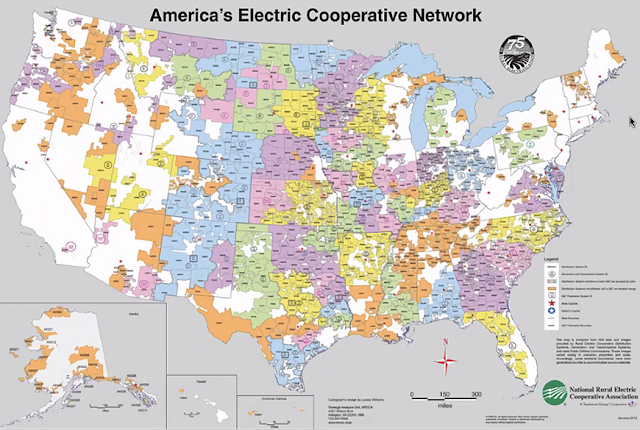 |
| Gary Abernathy on "PBS NewsHour" Friday |
One of the few newspaper editors who
endorsed Donald Trump for president in 2016 says Trump proved this week that even his base voters can no longer trust him. But with Trump now the target of a
Justice Department special counsel, Gary Abernathy wonders if that challenge might redound to his benefit.
Abernathy, now retired but still living in southern Ohio,
wrote in
The Washington Post that part of Trump's base sticks with him because, as comedian Dave Chappelle said on
NBC's "Saturday Night Live," he is "an honest liar." Abernathy said Chappelle meant that "Trump’s appeal was admitting to the 'commoners' that their suspicions about how the rich play the system were true. 'We’re doing everything that you think we are doing,' he paraphrased Trump as acknowledging, like an insider sharing trade secrets with the masses."
But recently, "Trump seems to be turning his gifts for gaming the system against his allies — something that’s beginning to dawn on his voters," Abernathy wrote, citing Trump's remarks about potential rivals, Govs. Ron DeSantis of Florida and Glenn Youngkin of Virginia while taking credit for their elections. "Trump voters are understandably confused. . . . If Trump will turn on his proteges, his followers are realizing, he’ll turn on any of his acolytes. Even his base can’t trust him now. The separation is happening fast. The divorce will follow."
Those words were published Wednesday.
On Friday, Attorney General Merrick Garland named a special counsel to pick up the investigations of Trump, and Abernathy was asked on "
PBS NewsHour" if Trump should keep running for president if he is charged with a crime. "I don't know," he said, "but if there's a way to bring Trump's base back to him just at a moment when it seem like maybe they have a reason to separate, this is the type of thing that seems to do just that."
Asked if Republicans will stand by Trump as as the probe moves forward, Abernathy said, "I don't think Republican leaders will coalesce so much behind him. . . . It just seems like anytime Trump comes under attack, the base just wraps itself around him again, like a wall of protection."
























